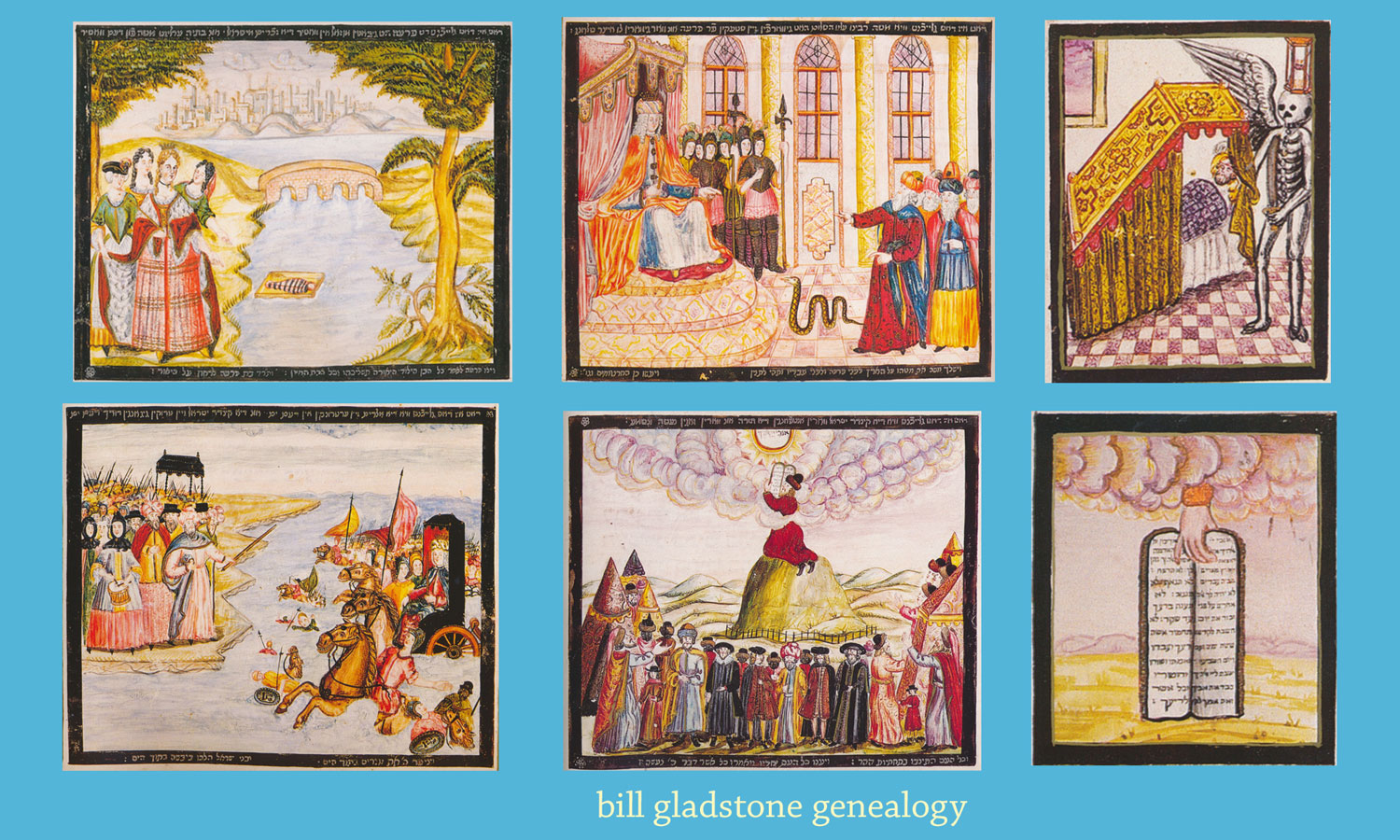Peter Jassem’s surname was always a puzzle to him as he grew up in a Polish home in Krakow. Jassem certainly wasn’t a Polish name; neither was it Belarussian, Latvian or Ukrainian. His father said it may have come from the town of Jassy (Iasi) Romania but Peter wasn’t convinced and suspected the truth even as a child.
Jassem, who came to Toronto 10 years ago, confirmed his long-held suspicions that he was descended from Jewish blood only 18 months ago. Conducting an internet search, the 45-year-old architect found numerous Jassems in the United States and other countries, most of whom had originated in the same tiny region of Poland.
“All of a sudden I started contacting people who were positively Jewish, not half-Jewish, not formerly Jewish. That was basically the proof to the hypothesis that I had carried for years.”
Jassem unfolds a huge sheet of paper, four feet by eight feet in size, and proudly displays an elaborate six-generational family tree. Since he began his genealogical research, he has corresponded with relatives on five continents and added 1,500 names to the tree.
“One of my greatest helpers in my research is my father. He’s now going to the archives in Poland and sending me documents.”
Jassem never knew until recently that his father’s bar mitzvah had been scheduled for Sept. 4, 1939, the day the Germans invaded Krakow. Instead of celebrating, family members fled; most fell beneath the wheels of the Nazi juggernaut. Jassem’s father, who survived with the aid of a false baptismal certificate, never returned to the Jewish fold.
Growing up, Jassem visited Auschwitz but never imagined that so many of his relatives had perished there. As an architectural student he made drawings and paintings of synagogues — “always from the outside.”
He learned of one relative, a brother of his grandmother, who had survived the war by going to Turkey, then India, and who eventually wound up in Australia. Jassem traced a granddaughter of the great-uncle to Munich and discovered that she held a treasure trove of otherwise lost photographs of their extended family.
Jassem has collected enough family stories that he intends to write a book. He is determined to continue his research, since the links between many of the Jassems he has discovered are still unclear. “My hypothesis is that if people share the same unique name and come from the same small area, they must be related,” he says. “I’m sure if I had information just one or two more generations back, I could solve many mysteries.”
* * *
Recently Eric Greenberg, a reporter with the New York Jewish Week, telephoned Arlene Rich, president of the Jewish Genealogical Society of Cleveland, with an urgent question. “He wanted to know: ‘Was Max Linder Jewish?’ ” Rich relates. “I think we had only one hour to deadline.”
First, Rich checked her society’s transcriptions of burials at Mayfield Cemetery, a Jewish burial ground, and found Linder’s name. Second, she scanned the old Jewish Society Book, which told her that the one-time department store owner had been a member of The Temple, a prominent synagogue. Third, she called Probate Court and found a record of Linder’s 1910 marriage to Stella Dryfoos, which had been performed by a rabbi named Moses Gries.
Still within the same hour, Rich spoke with several members of the Dryfoos family, a large and noteworthy Jewish clan in Cleveland and Fremont, Ohio, and confirmed that the Linders had a daughter, Louise, in 1911. She also found an entry for Max Linder’s sister, Belle Israels Moskowitz, in the 1928 edition of Who’s Who in American Jewry.
When the hour was up, Rich relayed the results of her research to Greenberg. “I basically told him, ‘Go, man, go,'” she recalls.
That was all Greenberg needed to hear. The next Jewish Week conveyed the interesting information that Linda McCartney, the recently deceased wife of Beatle Paul McCartney, had been Jewish. A victim of breast cancer, Linda was the daughter of Louise Linder of Cleveland and Lee Eastman, previously Epstein, of Rochester, N.Y. ♦
© 1998





